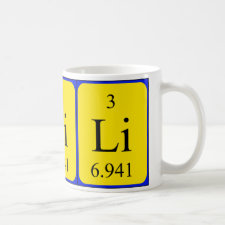
Authors: Zheng XD, Wang YY, Qiu FX, Li ZY, Yan YS
Article Title: Dual-Functional Mesoporous Films Templated by Cellulose Nanocrystals for the Selective Adsorption of Lithium and Rubidium.
Publication date: 2019
Journal: Journal of Chemical & Engineering Data
Volume: 64
Issue: (3)
Page numbers: 926-933.
DOI: 10.1021/acs.jced.8b00731
Abstract: Lithium resources are an emerging issue due to lithium ion batteries. Rubidium is also widely used in the field of energy and medicine, so it makes sense for the dual adsorption of lithium and rubidium at the same time. Cellulose nanocrystalline (CNC) is used as a biotemplate to synthesis mesoporous films, and hydrogen manganese oxide (HMO) is immobilized on a mesoporous film. Then Rb(I) ionic imprinted layer is grafted onto the surface of a mesoporous film to obtain a dual-functional mesoporous film. Dual-functional mesoporous films possess high selective adsorptions of Li(I) and Rb(I) and show excellent adsorption kinetic properties of Li(I) and Rb(I). The adsorption capacities of Li(I) and Rb(I) are 6.30 and 6.21 mg g - 1 under optimum conditions, respectively. HMO ion sieves and ionic imprinting make films demonstrating a high selectivity in the adsorption of Li(I) and Rb(I), enhancing their potential for industrial applications
Template and target information: lithium ion, Li(I), rubidium ion, Rb(I)



Join the Society for Molecular Imprinting

New items RSS feed
Sign-up for e-mail updates:
Choose between receiving an occasional newsletter or more frequent e-mail alerts.
Click here to go to the sign-up page.
Is your name elemental or peptidic? Enter your name and find out by clicking either of the buttons below!
Other products you may like:
 MIPdatabase
MIPdatabase









